Ready to dive deep into the world of one of the most charismatic creatures swimming in our big blue? I’m talking about the bottlenose dolphin, a true oceanic superstar.
These sleek, playful mammals have captured hearts worldwide, but there’s so much more to them than their show-stopping jumps and cheeky smiles.
What is the Bottlenose Dolphin
The bottlenose dolphin isn’t just any marine mammal; it’s like the Meryl Streep of the ocean – versatile, widely recognized, and insanely talented at navigating the waters. Belonging to the family Delphinidae, these dolphins are not just smart; they’re the Einsteins of the sea, with some of the most complex behaviors and social structures in the animal kingdom.
Swimming in pods that can range from a handful to over a hundred, bottlenose dolphins are the social butterflies of the marine world. They’re found in almost all seas around the globe, from the warm waters of the Pacific to the cooler Atlantic shores. Their adaptability and intelligence have made them a subject of fascination and study, playing a crucial role in our understanding of marine ecosystems. Plus, they’re just really cool to watch.
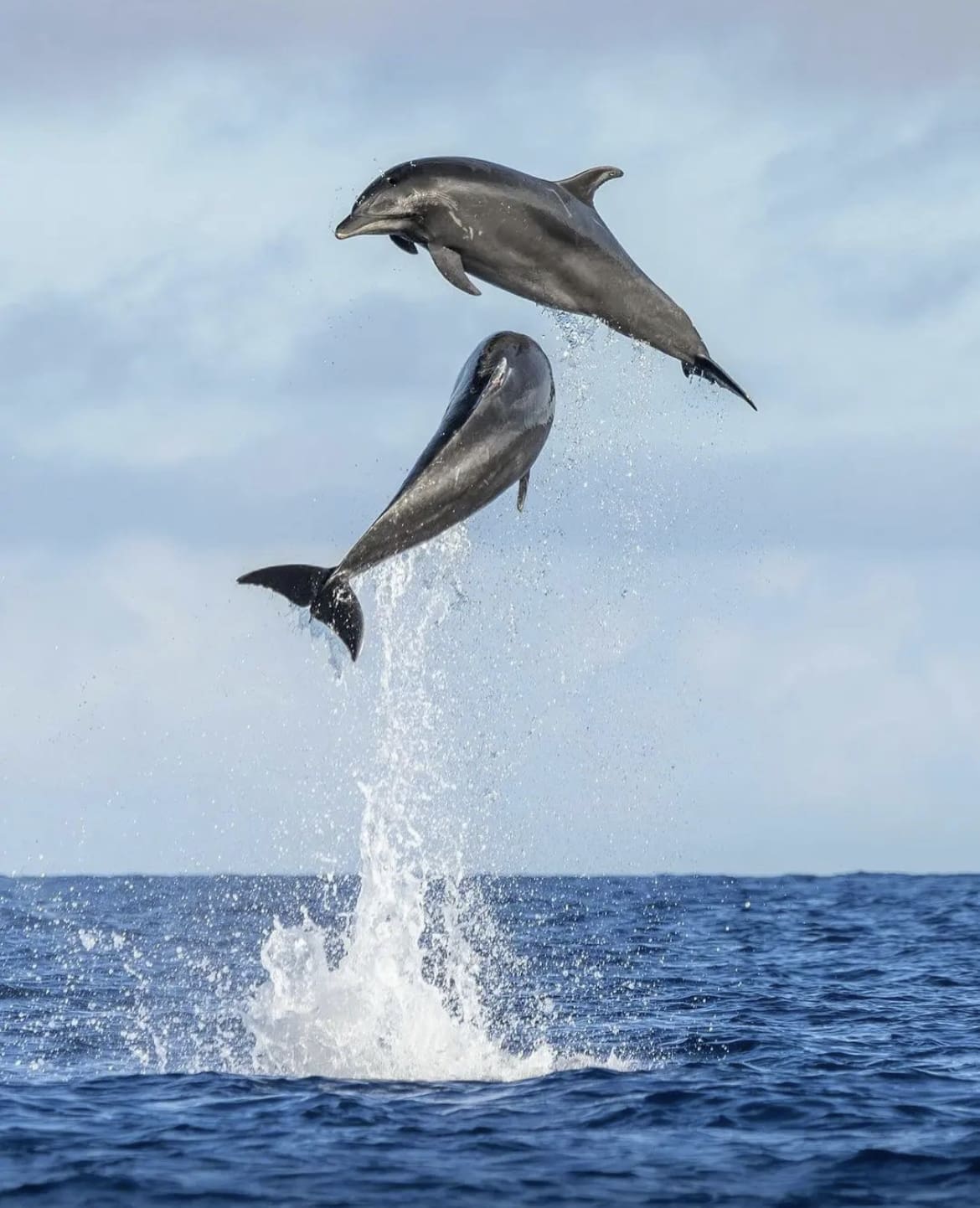
What do Bottlenose Dolphins Look Like
Picture this: a sleek, streamlined body gliding through the water, a dorsal fin cutting through the surface like a knife through butter. Bottlenose dolphins are the epitome of aquatic grace. With their long, beak-like snouts – hence the “bottlenose” moniker – they look like they’re always ready to plant a kiss or snag a fish.
Their bodies are built for the hustle of ocean life. Measuring up to 12 feet long, these creatures are all muscle and finesse. Their skin is smooth and rubbery, like a wet suit designed by nature to zip through the water with minimal resistance. And those eyes? Don’t even get me started. They’re sharp, cunning, and can melt the hardest of hearts with a single glance.
But it’s not just their physical appearance that’s impressive. These dolphins have a presence, a sort of marine charisma that’s hard to ignore. Whether they’re leaping out of the water or riding the bow wave of a ship, they have a way of drawing you in, making you a part of their watery world, if only for a moment.
How Big are Bottlenose Dolphins
When it comes to size, bottlenose dolphins have quite the range. On average, these aquatic athletes clock in at about 6 to 12 feet in length, depending on whether you’re meeting a male or female. The fellas tend to be the larger of the species, which can be pretty handy when it comes to asserting dominance or showing off to potential mates.
Weighing in at a hefty 300 to 600 pounds, these aren’t your backyard pool floaties. Their size is a testament to their adaptability, allowing them to thrive in a variety of marine environments, from shallow shores to the deep blue. It’s like they’ve been custom-designed for life at sea – strong enough to tackle a squid, gentle enough to nuzzle their young, and savvy enough to navigate the vast oceanic expanse.
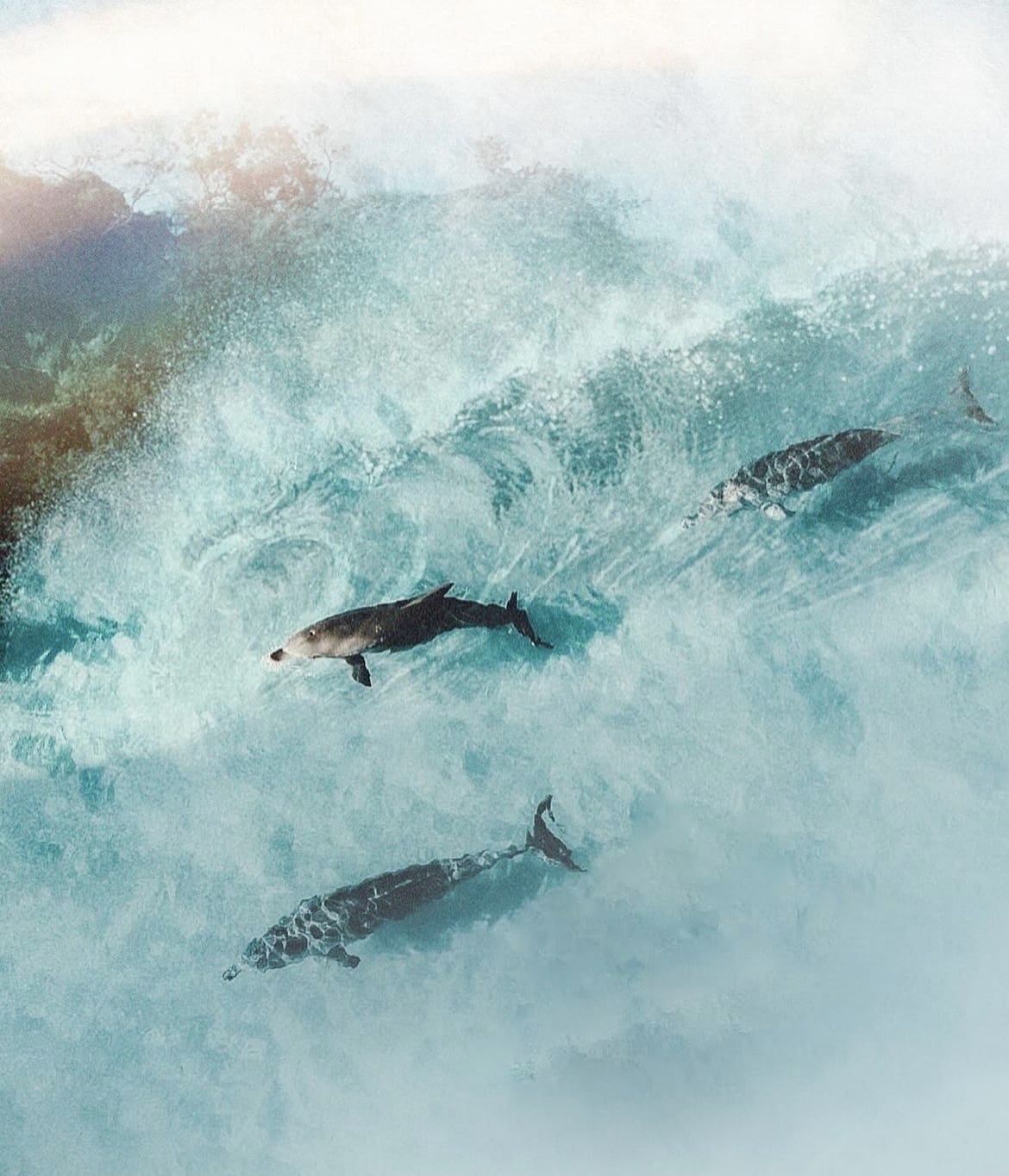
Bottlenose Dolphin Skin
You might think, “It’s just skin, right? How special can it be?” Well, let me tell you, the skin of a bottlenose dolphin is like the ultimate ocean onesie. It’s smooth, it’s sleek, and it plays a massive role in their survival. This isn’t just any skin; it’s a high-tech suit designed by Mother Nature herself.
The skin of a bottlenose dolphin is incredibly thick and can regenerate at warp speed, making Wolverine’s healing factor look like child’s play. Got a shark bite? No problem. This skin heals so fast it prevents infections and minimizes drag in the water, keeping these dolphins sleek and speedy. Plus, it’s super sensitive, allowing them to feel the slightest changes in their watery world, from the swish of a fish to the approach of a boat.
Bottlenose Dolphin Coloration
Now, let’s talk about their color scheme. Bottlenose dolphins rock a gray palette that would make any interior designer jealous. But it’s not just for looks. Their coloration is all about survival. The darker back and lighter belly, a design known as counter-shading, is like the original stealth mode. It helps them blend in with the ocean, whether you’re looking down from above or up from below.
This nifty trick confuses predators and prey alike, making bottlenose dolphins the ninjas of the sea. Whether they’re hunting a quick snack or dodging a hungry shark, their coloration gives them the upper fin in the vast and unpredictable ocean.
What do Bottlenose Dolphins Eat?
Speaking of snacks, you’re probably wondering what’s on the menu for these sleek predators. Bottlenose dolphins are not picky eaters. Fish, squid, crustaceans – if it swims, they’re into it. Their diet varies depending on where they live, but one thing’s for sure: they’re master hunters.
Using echolocation, a kind of biological sonar, bottlenose dolphins can find the smallest fish in the murkiest waters. Imagine being able to “see” with sound, bouncing clicks off objects and listening for the echoes. That’s how these dolphins do their grocery shopping. And when they find what they’re looking for, they use their snouts, or rostra, to snag their meal, sometimes even employing teamwork for a bigger haul.
Their eating habits are not just about filling their bellies; they’re a window into the complex and intelligent behaviors that make bottlenose dolphins a subject of endless fascination and study. From coordinated hunting strategies to individual foraging techniques, their dining preferences showcase their adaptability and cunning in the vast oceanic expanse.
@PaulNicklen
Bottlenose Dolphin Social Structure
If you thought your social life was complex, wait until you hear about the social networks of bottlenose dolphins. These creatures are the epitome of social animals, forming groups called pods that can range from a few individuals to over a hundred. But it’s not just about numbers; it’s about relationships.
Pods are dynamic, with dolphins joining and leaving as they please, creating a fluid social structure that would put any social networking app to shame. These connections aren’t superficial; they’re built on cooperation, communication, and even alliances. Dolphins form close bonds, especially between mothers and their calves, but also among adult males, which form alliances that can last for years.
This social complexity is not just for fun; it plays a crucial role in their survival. Hunting, for instance, is a team effort, with dolphins coordinating their moves with military precision. But it’s not all work; play is a significant part of dolphin life, reinforcing social bonds and teaching the young ones the skills they need to thrive.
How do Bottlenose Dolphins Reproduce?
When it comes to continuing the family line, bottlenose dolphins have a tender side. Mating doesn’t follow a strict season; it can happen any time of the year, with a gestation period of about 12 months. That’s right, dolphin moms carry their little ones for a whole year before giving birth to a single calf.
Birth is a communal event, with other females in the pod often assisting the mother, forming a protective circle around her. Once the calf is born, it’s go time from the get-go. These little bundles of joy are swimming and breathing within minutes, but they’re not in a hurry to leave mom’s side. Calves can nurse for up to two years, all the while learning the ins and outs of dolphin life from their mothers and the rest of the pod.
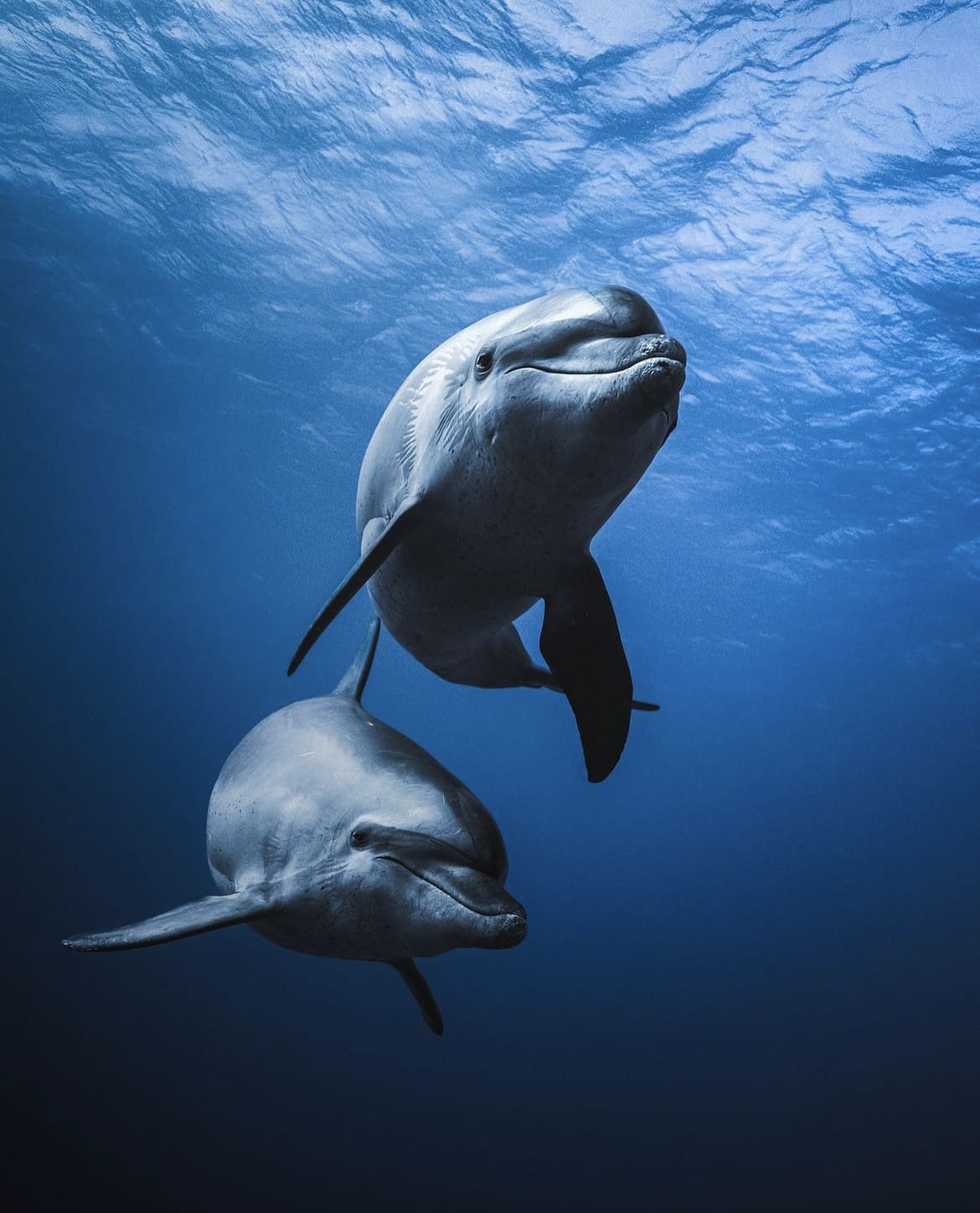
How Long do Bottlenose Dolphins Live?
Now, onto the million-dollar question: How long do these sea creatures live? The lifespan of a bottlenose dolphin can vary wildly, with individuals living anywhere from 20 to over 50 years in the wild. Factors like habitat, presence of predators, and human impact play significant roles in their longevity.
In the safety of the open sea, away from the grasp of captivity, bottlenose dolphins thrive, reaching their full lifespan potential. Their survival is a testament to their adaptability, intelligence, and the tight-knit social structures that support them from birth to old age. It’s a beautiful, circular journey that reflects the cycle of life under the sea.
Are Bottlenose Dolphins Aggressive?
When you picture a bottlenose dolphin, aggression probably isn’t the first trait that comes to mind. Known for their playful nature and friendly interactions with humans, it might shock some to learn that, like any wild animal, bottlenose dolphins have their moments. But let’s keep it real – we’re not talking about Jaws-level aggression here.
In their natural habitat, bottlenose dolphins can display assertive behaviors, mainly when it comes to food, mates, or defending their young. These displays of dominance are more about posturing and establishing hierarchy within their social groups rather than outright aggression. So, while there might be some fin-slapping or jaw-clapping, it’s all part of the complex tapestry of dolphin social life. When it comes to human interactions, incidents of aggression are extremely rare and often a result of provocation or stress.
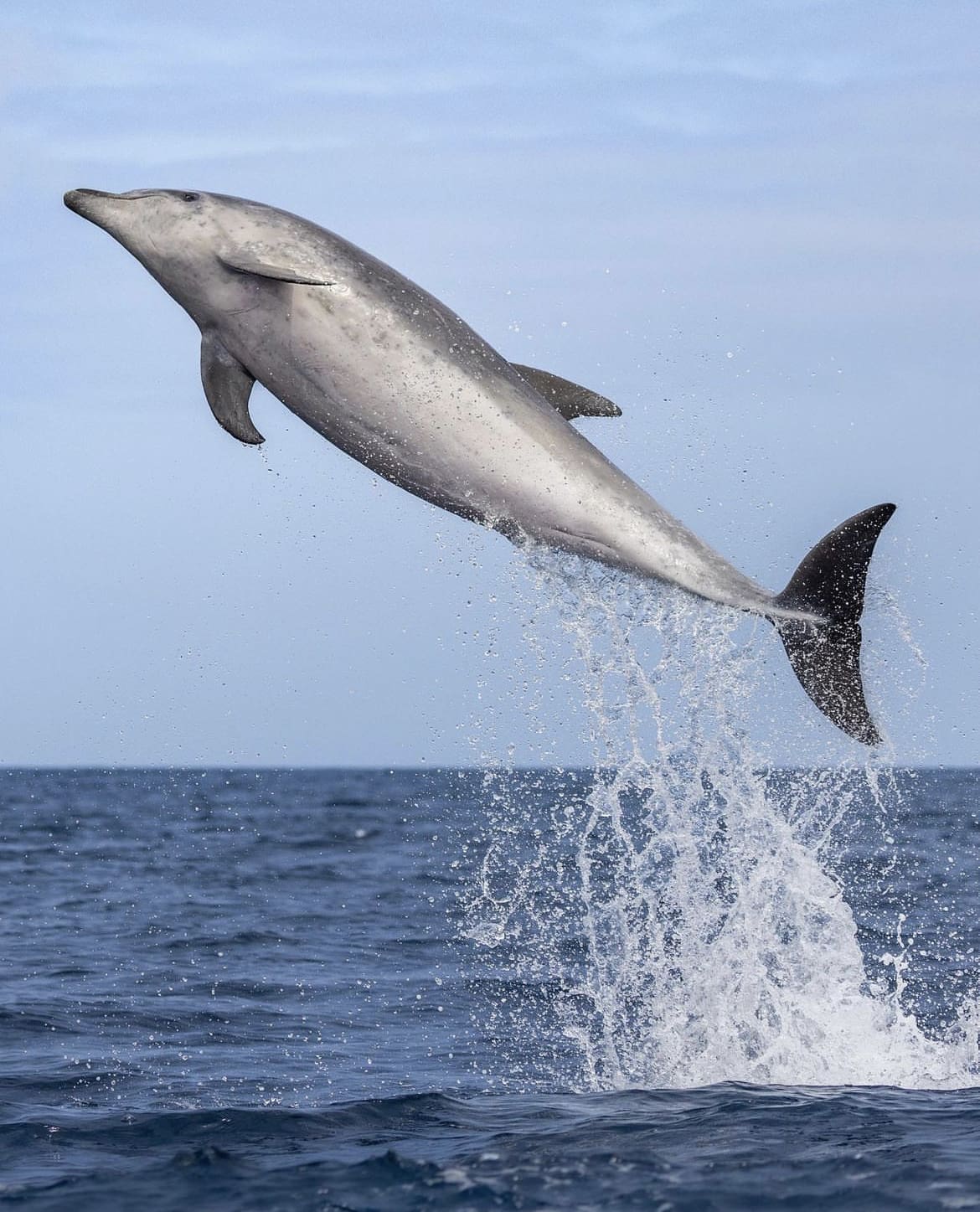
Are Bottlenose Dolphins Territorial?
Given their social nature, you might wonder if bottlenose dolphins are the neighborhood watchdogs of the sea. The truth is, they’re a bit more laid-back than that. Bottlenose dolphins do have home ranges, areas of the ocean they frequent for feeding, mating, and socializing, but they’re not about to start a turf war over it.
These dolphins are travelers at heart, often moving between different areas depending on the season, availability of food, and social dynamics. While they might show a preference for certain spots, their territorial behavior is more about resource utilization than defending a patch of water. They’re known to overlap ranges with other pods, sharing the ocean’s bounty in what can be described as a fluid arrangement, quite fitting for their aquatic lifestyle.
Where do Bottlenose Dolphins Live?
Bottlenose dolphins are the globe-trotters of the marine world, inhabiting a wide range of environments across the oceans. From the warm waters of the Pacific and the Atlantic to the cooler seas of the temperate regions, they’ve made themselves at home just about everywhere.
What’s truly remarkable about these dolphins is their adaptability. They can be found in the deep offshore waters, navigating the vast open seas, or cruising the shallows near coastlines and estuaries. Some populations even reside in freshwater rivers, proving that bottlenose dolphins are as versatile as they are sociable.
Their ability to adapt to various environmental conditions speaks volumes about their intelligence and resilience. Whether it’s the crystal-clear tropics or the murky waters of a temperate coast, bottlenose dolphins have the skills to thrive.
This widespread distribution also means they play a crucial role in marine ecosystems around the globe, acting as indicators of ocean health and ambassadors of the marine world to humanity.
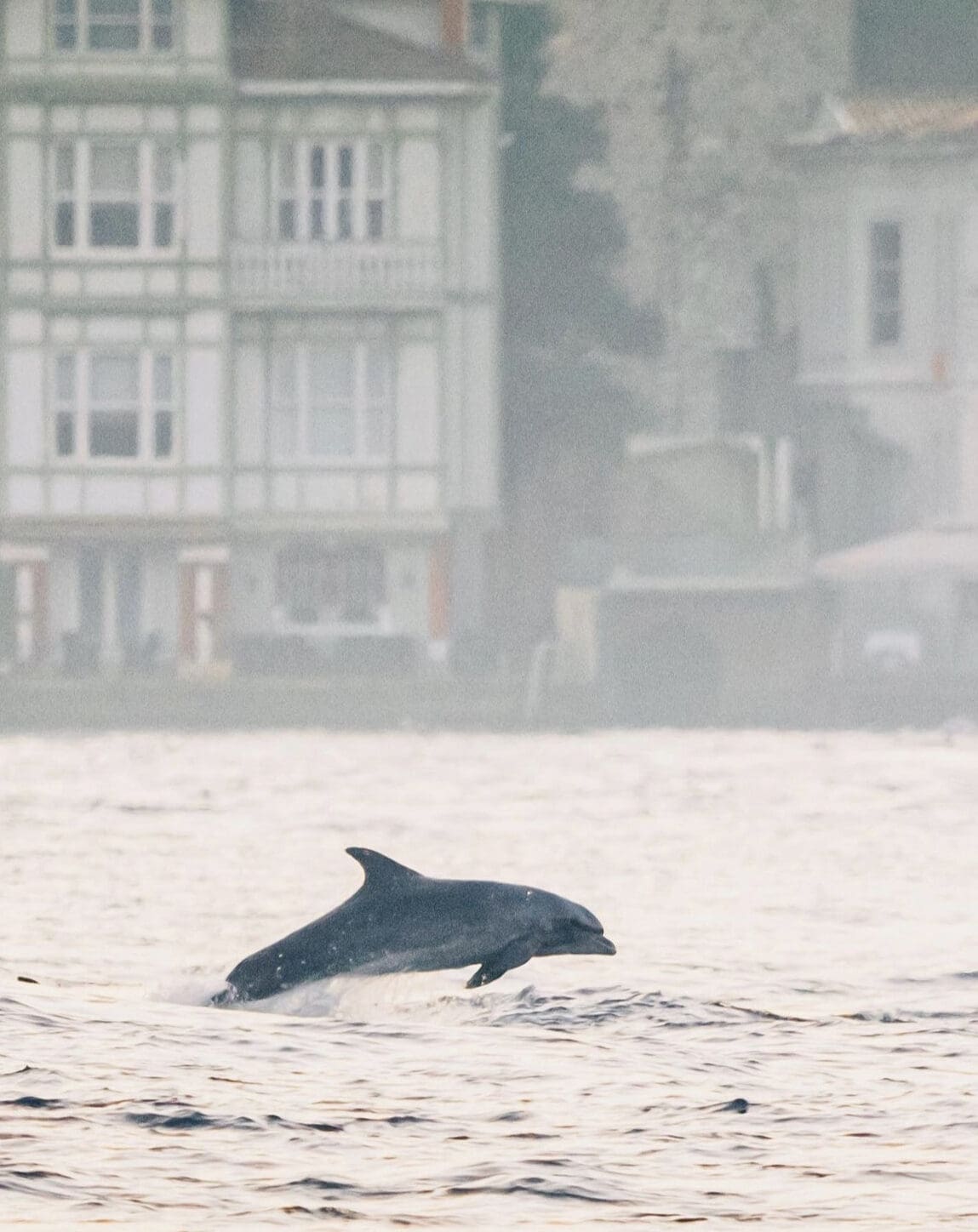
How Many Bottlenose Dolphins are There in the Wild?
Quantifying the exact number of bottlenose dolphins in the wild is a challenging task, given their vast distribution and the expansive, often inaccessible areas they inhabit. Estimates vary widely, but what’s clear is that they are among the most widespread dolphin species, with populations spanning temperate to tropical waters worldwide.
Despite their apparent abundance, certain local populations face significant risks that could impact their numbers. These localized groups, especially those in confined waters like bays or estuaries, are more susceptible to environmental and human-induced pressures. Monitoring these populations is crucial for understanding broader trends in dolphin numbers and health.
Are Bottlenose Dolphins Endangered?
Globally, bottlenose dolphins are classified as “Least Concern” by the International Union for Conservation of Nature (IUCN), reflecting their widespread presence. However, this status belies the nuanced picture of certain populations that are indeed at risk.
In some specific habitats, local populations of bottlenose dolphins have been classified as vulnerable or endangered due to a range of factors, including pollution, habitat loss, and human interactions. These distinctions highlight the importance of localized conservation efforts and the need for continuous monitoring to ensure the survival of these iconic marine creatures.
@loriannah
Threats to Bottlenose Dolphins in the Wild
The threats facing bottlenose dolphins in the wild are as varied as they are alarming. One of the most significant challenges is entanglement in fishing gear, which can lead to injury or death. Dolphins are also affected by pollution, from plastic waste that they might ingest to chemical pollutants that accumulate in their bodies and the marine environment.
Habitat degradation poses another significant threat, with coastal development, boat traffic, and climate change altering the delicate balance of their marine ecosystems. Noise pollution, particularly from boat engines and military sonar, can disrupt their communication, navigation, and feeding behaviors.
Moreover, direct feeding and harassment by humans, though often well-intentioned, can lead to negative interactions and dependency behaviors that further endanger these animals. It’s a complex web of challenges that requires a multifaceted approach to conservation, combining local actions with global policies to protect these magnificent creatures and their habitats.
Where to See Bottlenose Dolphins
Bottlenose dolphins grace oceans and seas around the globe, offering ample opportunities for us land-dwellers to catch a glimpse of their playful antics. From the shores of Florida and the Caribbean to the coasts of Australia and South Africa, these dolphins can often be spotted frolicking in the waves.
For those looking to experience the magic of dolphins in the wild, areas with protected bays or estuaries often provide the best chances. Dolphin watching tours are a popular way to see these animals up close, with many operators committed to responsible viewing practices that ensure the safety and well-being of both dolphins and humans.
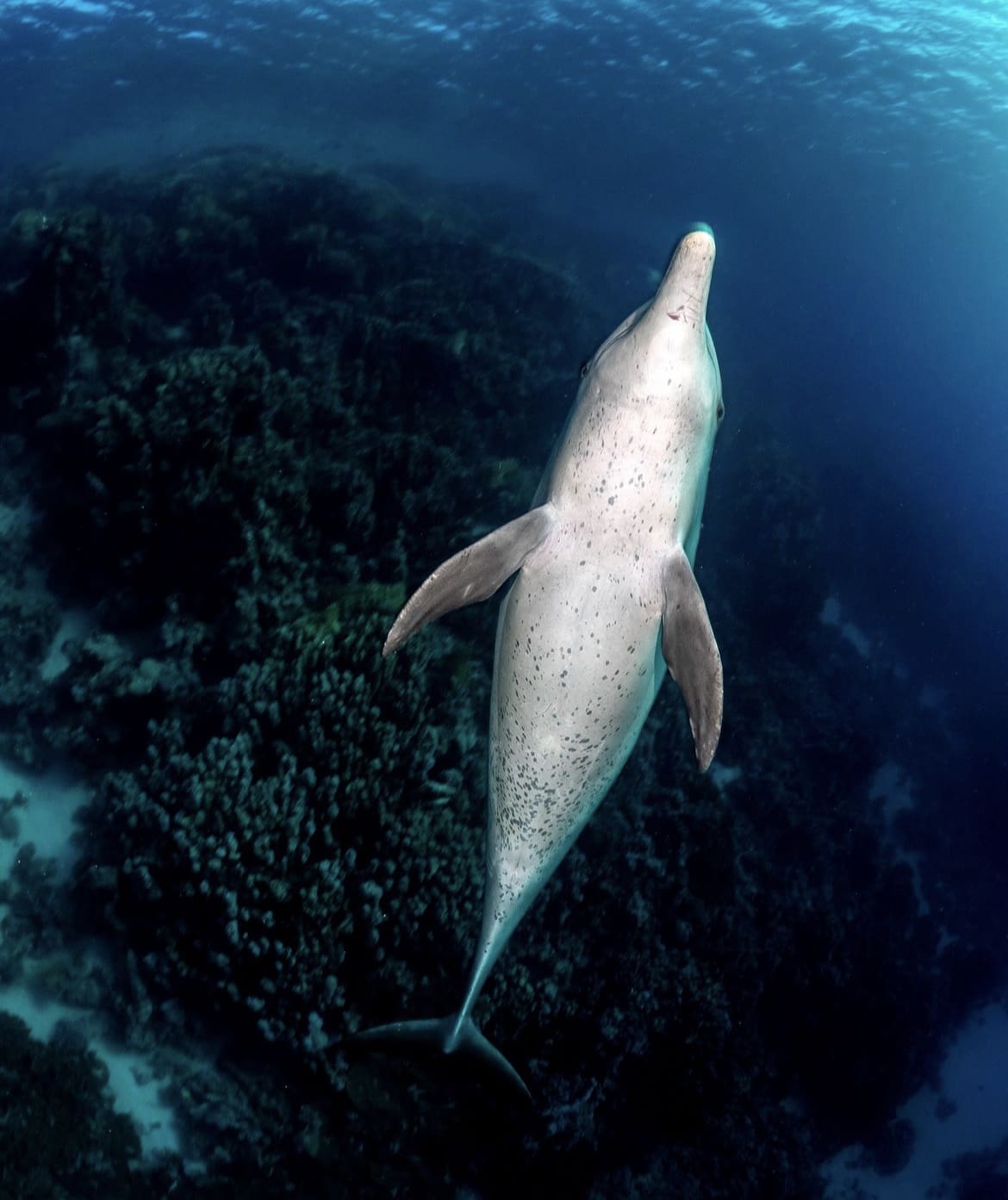
Tips for Diving with Bottlenose Dolphins
Diving or snorkeling with bottlenose dolphins can be an unforgettable experience, but it’s vital to approach these encounters with respect and mindfulness. Here are a few tips to ensure that your interaction is as enriching for the dolphins as it is for you:
- Choose Responsible Operators: Select tour operators that adhere to guidelines for ethical wildlife encounters. Look for those committed to conservation and respectful interaction with marine life.
- Keep a Respectful Distance: Always allow dolphins to initiate contact and avoid chasing or attempting to touch them. These actions can stress the animals and alter their natural behaviors.
- Minimize Noise Pollution: Operate boats at a slow speed and avoid revving engines near dolphins. Underwater, maintain quiet and calm movements to avoid startling them.
- Do Not Feed: Feeding wild dolphins can lead to dependency, poor health, and increased vulnerability to boat strikes and entanglement.
- Educate Yourself and Others: Learn about bottlenose dolphins and the challenges they face. Share your knowledge and advocate for their protection.
Facts about The Bottlenose Dolphin
- Bottlenose dolphins can hold their breath for up to 15 minutes, but they typically surface every two minutes to breathe.
- They use a complex array of sounds to communicate, including clicks, whistles, and squeaks.
- Dolphins have been observed using tools, such as using sea sponges to protect their snouts while foraging on the seafloor.
- Their echolocation abilities allow them to detect objects and prey from up to 100 meters away.
Myths about The Bottlenose Dolphin
- Myth: Dolphins always smile. Truth: The shape of a dolphin’s jaw gives the appearance of a permanent smile, but this is not an indication of their mood.
- Myth: Dolphins are fish. Truth: Dolphins are mammals, breathing air, giving live birth, and nursing their young with milk.
- Myth: Dolphins can cure human diseases. Truth: While interactions with dolphins can be therapeutic and enriching, there is no scientific evidence that they can cure diseases.
It’s clear these creatures are not just marvels of marine biology but also symbols of the ocean’s beauty and fragility. Their presence in the world’s oceans is a testament to nature’s wonder, and their well-being is a gauge for the health of our planet.
As we venture to their aquatic realms, let’s do so with reverence and commitment to safeguarding these splendid animals and their habitats. After all, to protect bottlenose dolphins is to protect the oceans, and to protect the oceans is to protect life itself.
